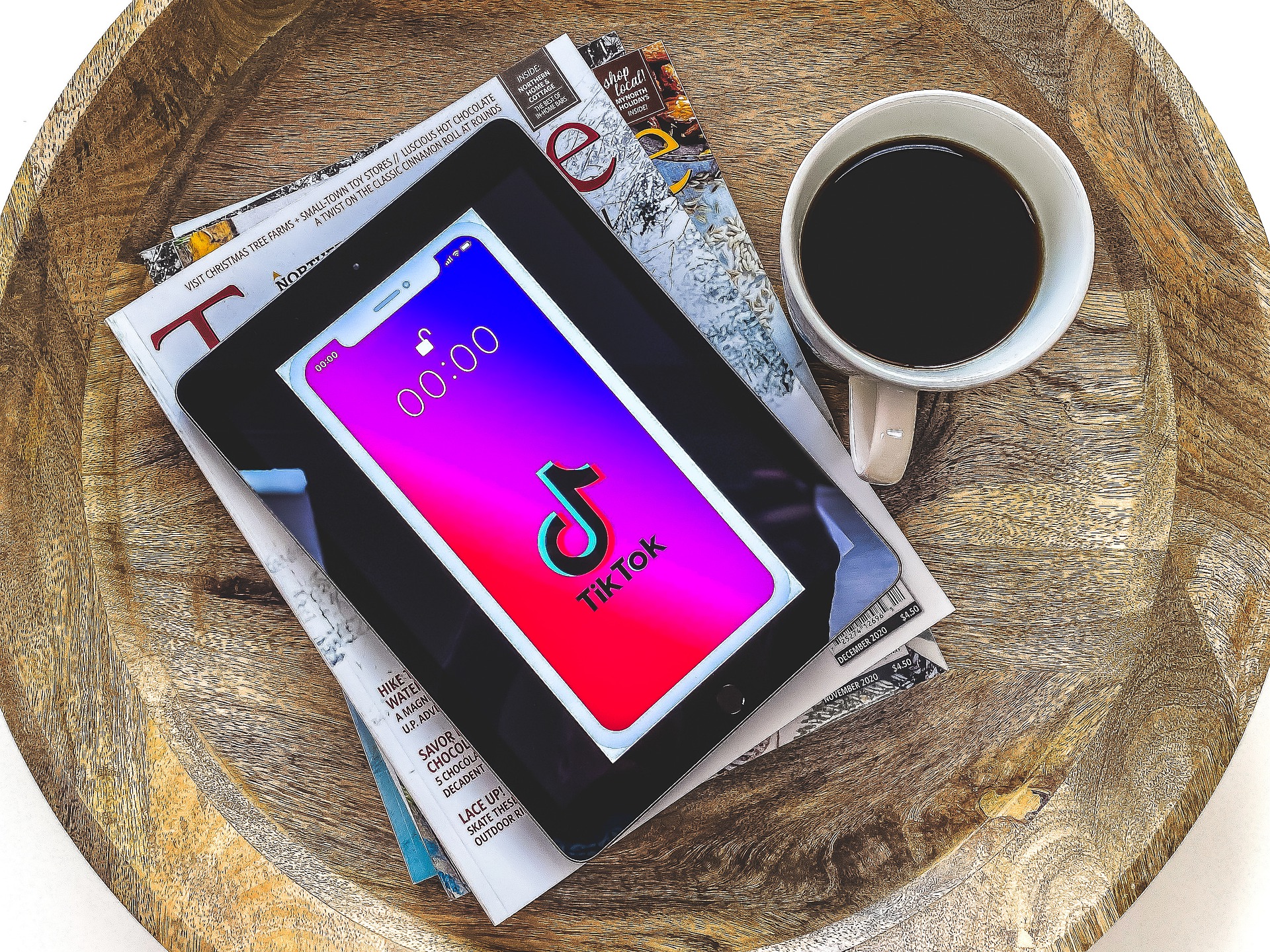What any deep web diver will tell you is that social media is a kind of digital pharmakon.
On one hand, it democratizes information, dissolves international borders, builds community, and aggregates the most inspiring of humanity’s accomplishments. On the other hand, it’s fertile ground for misinformation campaigns, non-consensual data-harvesting, addiction, and anonymous trolling. As the comedian Bo Burnham brilliantly summarizes, the internet is the only place that can both hurl an offensive slur and teach you multivariable calculus.
So where does this leave TikTok, now the most downloaded app in history and one of the primary sources of news for today’s teens? Is TikTok education?
Well, as you might expect, it carries on the Internet’s tradition of simultaneously offending, infuriating, and amazing us. In addition to your average lip sync video, TikTok has reached such a level of popularity that—similar to other social media—it is spawning entire communities dedicated to everything you can imagine.
And among them are several championing the cause of lifelong learning.
Educational TikToks?
The global marketing firm NeoReach has divided educational TikTok content into five broad categories. These include News, Activism, Career Experts, College/High School Advice, and finally a miscellaneous category for various kinds of subject matter experts.
As you can imagine, each category has its own kind of video production, information delivery, and aesthetic. For News, we have large organizations like the WHO posting pandemic-related PSAs. Meanwhile, Career Experts include accounts like @balancedanesthesia, which is run by an anesthesiologist providing an inside look into the medical profession. But it doesn’t stop there. Just a quick search on the app will get you everything from personal finance coaches, curated book recommendations, and (of course) entertaining explanations of advanced physics.
The resounding lesson here is that TikTok caters to every imaginable audience (for better or worse), meaning you can find hyper-specific content based on the kind of learning you’re hoping to engage in.
In some cases, this will mean simply registering on the app, where it gives you the option to filter the kind of subject matter you want to see. But a helpful tip would be to use specialized hashtags to hunt down what you’re looking for. For example, the research platform EduBirdie recommends starting out with some basic keywords:
- #LearnOnTikTok
- #Education
- #LearnFromHome
- #School
- #TikTokEducation
(This is of course only the tip of the iceberg. Like any social media platform, the hashtags are as diverse as you might expect. Hint: Experimenting with different keyword combinations and seeing what pops up is part of the fun!)
Another strategy, however, may be to go spelunking for specific personalities you already know you enjoy hearing from. For instance, when it comes to geeking out about the universe, science advocate Bill Nye and astrophysicist Neil deGrasse Tyson have already taken the app by storm. Or, if you’re trying to upgrade your culinary skills, there’s nothing stopping you from getting short bursts of insight from Gordon Ramsay himself. As the creative consultant Amelia Torode told the Independent, this kind of online learning platform can have unexpected benefits in light of recent pandemic-induced school closures:
One homeschooling positive, my nine-year-old just made me the most amazing scrambled eggs, which he says he learnt from watching Gordon Ramsay on Tiktok.
TikTok for Microlearning
What separates TikTok from other forms of online education comes primarily from the medium of short, bite-sized videos with room for fantastical yet low-budget editing. As the marketing firm Taking Influence has reported,
Educational activities are best kept short, which is where these short-form video platforms are great tools. Under sevens usually work in chunks of 25 minutes at school alongside classmates, meaning with one-to-one teaching at home these bursts could be even shorter without the distraction of their peers.
Combined with a recently destabilized education system in the US and other countries, the app has served as a hub for digestible information and on-the-fly expertise. Even TikTok itself has announced a “Creative Learning Fund” to the tune of $50 million, which will support creators bringing educational content to the platform.
The resounding lesson seems to be a shift in the education market, and a plethora of opportunities for digital creatives looking to implement a new pedagogical strategy that Dr. Elizabeth Hidson of the University of Sunderland calls “micro-learning.”
What is microlearning? Pretty much what it sounds like: an approach to education that prioritizes short-term focus on small chunks of information. It’s particularly useful for building practical skills and has grown in popularity with the rise of our digital world. While it’s implemented in many digital learning environments, TikTok is probably one of the best applications of the learning strategy yet.
Still Don’t Believe Me?
If you’re still struggling to get on board with a rapidly evolving social media that remains vulnerable to numerous forms of misuse, you’re not alone.
To answer “Yes” to “Is TikTok education?” may feel like too big a leap to take.
And, clearly, TikTok is no silver bullet solution to the ailments our education systems currently face, and may not be capable of replacing in-person learning. Still, it is a valuable tool for any lifelong learner to have in their toolkit.
Consider the education startup co-founder Candice Faktor, who hails TikTok as an important sign post directing our attention to the future of education. While Faktor admits the platform can’t offer the kind of accountability and long-form structure we receive from more traditional learning environments, it highlights the need for learning to be far more social and engagement-focused than it currently is. To illustrate her point, she cites Rachel Weinstock, a TikTok creator, coach, educator, and activist who uses her platform to spark interest and create invitations to long-term forms of learning:
TikTok lets me capture and share these profound moments that showcase my work. [It’s] the surface area tool—letting me spread my message—but it doesn’t offer an income source. Increasingly, I use it to invite users into my paid and deeper programs.
The moral of the story? More work is required if online learning wants to effectively replace traditional education—including more robust communities and sustained participation—but TikTok is ahead of the curve. With hundreds of millions of active users, its community of lifelong learners is already in full blossom with more to come. All I have to say is, dive in and see what you find!
By Gabe Kahan for Mission to Learn
Other sites:





